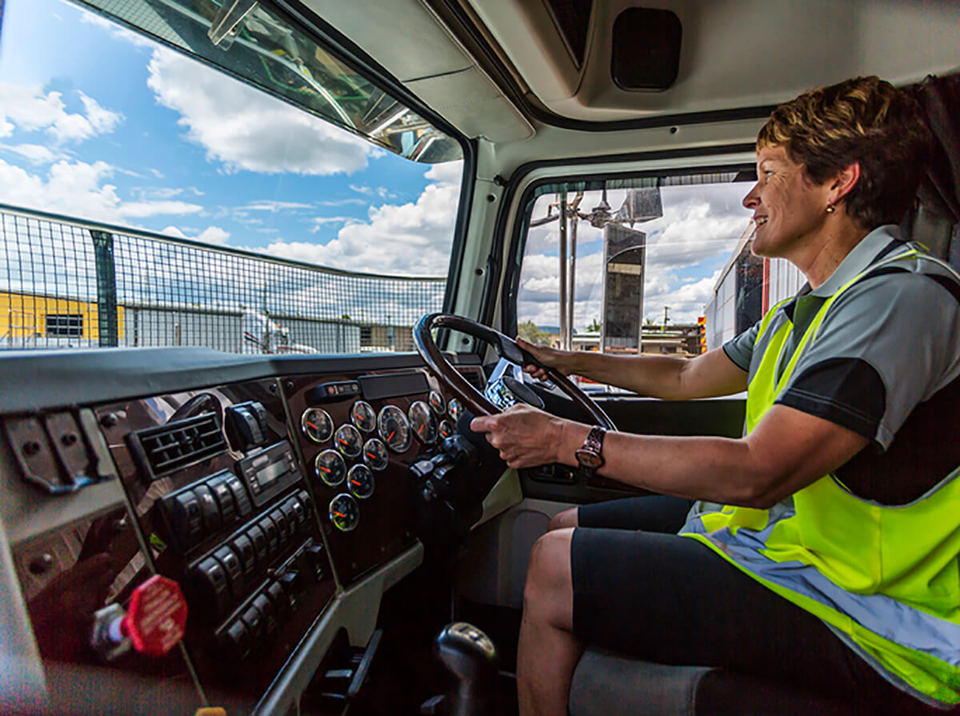The European Automobile Manufacturers’ Association (ACEA) is urging EU policy makers to keep on track with their efforts to reflect the complexity of the truck and bus market.
Martin Lundstedt, ACEA’s commercial vehicle board chairman and Volvo Group CEO, took the opportunity of the IAA Commercial Vehicle Motor Show yesterday (Wednesday, September 21) to set out the industry’s recommendations for reducing CO2 emissions more effectively, following the European Commission’s recent ‘Strategy for Low-Emission Mobility’.
Since 2010, the European Commission has been developing a computer simulation tool called VECTO. This tool will model CO2 emissions from a wide variety of complete truck and trailer configurations using various heavy-duty vehicle cycles.
By contrast, engine-only limit values for heavy-duty vehicles based upon one existing engine cycle make no sense, says the ACEA.
Although they may seem at first sight like a much simpler way forward, engine-only targets would not give the results that policy makers, society and customers want, Lundstedt argued.
“The market is diverse and complex, trucks and buses are usually tailor-made to customers’ specific orders or are custom-built for a specific mission,” he said.
“VECTO can reflect that complexity, as it takes the variables into account that affect CO2 emissions, such as various usage patterns, vehicle configurations or different payloads. This will be a major game changer.”
Lundstedt continued: “Most EU truck manufacturers also produce trucks in the US, China and Japan. Based on our global experience, we can say that the EU’s VECTO approach is the most advanced, reliable and the closest to real-world and customer experience. That is why we strongly believe that EU policy makers should continue on this track.”
Using VECTO data, the EU legislation on the certification of CO2 from trucks will require a declaration of CO2 values for each vehicle produced for the EU market – providing a standardised way of comparing fuel efficiency across all brands.
Lundstedt said: “Before setting the direction for future CO2 reduction policy, we first need to have a clear understanding of the baseline – VECTO is a necessary tool to close this knowledge gap.”
ACEA also welcomed an ERTICO study on the impact intelligent transport systems (ITS) can have on further reducing CO2, as part of an integrated approach.
It said some of the most promising ITS applications identified by the study are:
- Driver behaviour and vehicle systems: 3-10% CO2 reduction potential (eco-driving measures, including driver monitoring and training)
- Logistics and fleet management: 10-20% reduction potential at local/urban level (ITS solutions such as delivery space booking and navigation)
- Traffic management and control: 1-7% saving possible with intelligent traffic signals in equipped areas

















Login to comment
Comments
No comments have been made yet.